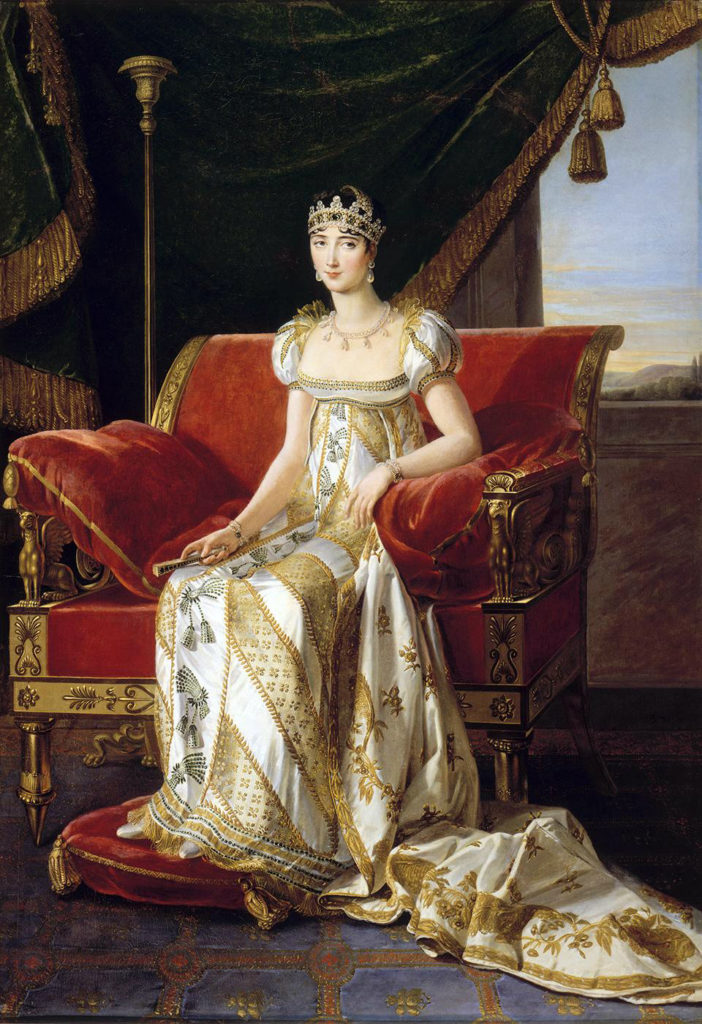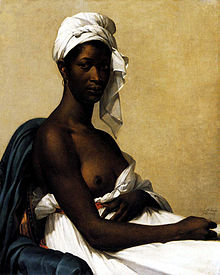Marie-Guillemine Benoist (December 18, 1768 – October 8, 1826) was a French painter, who was classified at the time as a ‘feminist’ painter, having previously made paintings such as Psyché faisant ses adieux à sa famille which was considered a feminist painting, as the vice figure (the vice is known as a figure committing a sin) was a man and not a woman.
In 1800, six years after slavery had been abolished, she created the piece Portrait d’une négresse. This painting was later brought by Louis XVIII. According to sources, this painting was supposed to become a symbol of black women’s rights and female empowerment. It would be discovered much later that this woman in the picture had no choice in how she was portrayed in the picture, despite even being a part of Benoit’s family.
In the Louboutin ad we can see history repeat itself, and whether or not Louboutin or the marketing team knew the implications or past of the original painting is up for debate. However, the context is almost the same; although they had good intentions behind it, it was still a very naïve way of not just the very perception of the black woman, but the portrayal of it is still horrifyingly adolescent.
Isn’t feminism supposed to embrace all cultures, and not be biased as the advertisements were? Absolutely. Rihanna’s Fenty collection has already been making waves for celebrating black beauty with her Fenty Cameo collection. And hopefully, in the future, today’s advertisements could decently portray the black woman of the past and the future.







